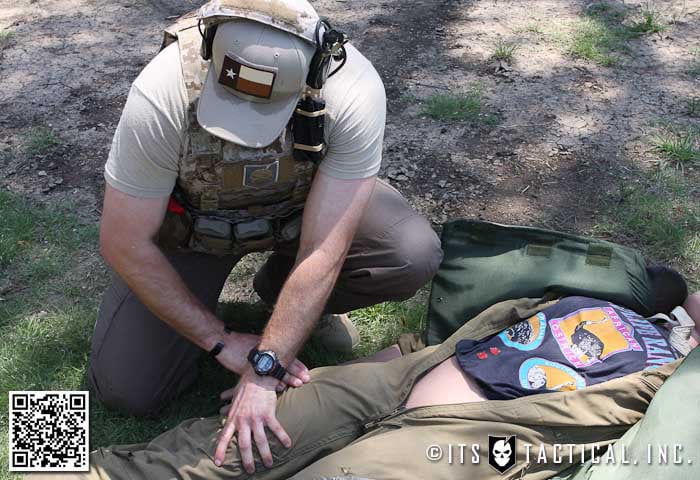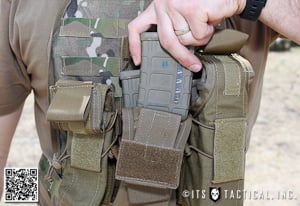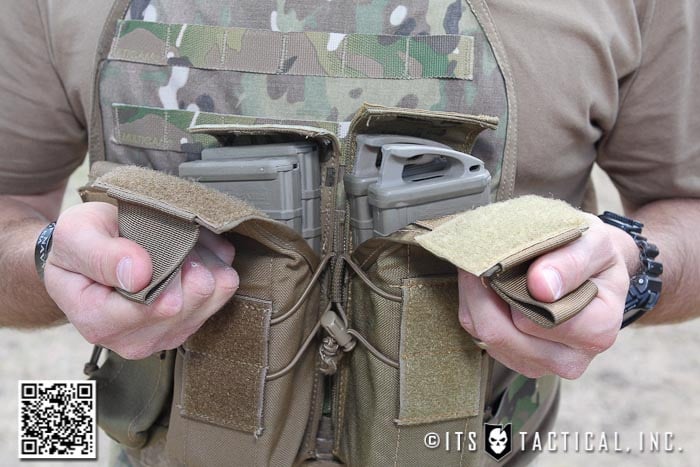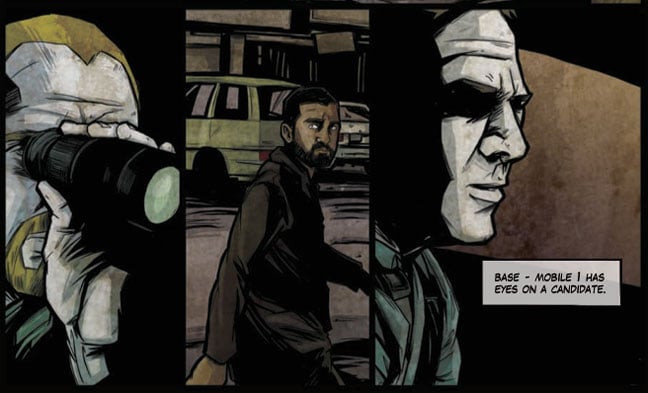I’ve been testing out Molly Stix for a few months now, ever since the first samples were available from National Molding and I’ve really grown attached to using them on my ETA Trauma Kit Pouches because of the ability to quick release the pouch if necessary. They’re also much easier to thread then other attachment methods.
Molly Stix represent a departure from normal MOLLE/PALS interface attachment systems, like integrated and reinforced nylon strips that are weaved through a pouch’s PALS webbing and a chest rig’s PALS webbing to create a secure attachment. Other products exist on the market for pouches that don’t feature integrated strips, such as Malice Clips like we include with our ETA Trauma Kit Pouches and also Blackhawk Speed Clips.
While Malice Clips can be a pain to install, they’re very secure once locked in. So much so that removing them can equally be a pain. The Blackhawk Speed Clips are interesting, but have their limitations as well. They’re quick to install with their rigid design, but I’ve had them work loose on me before.
Enter the Molly Stix. With a rigid design and locking top latch, a pair of these will not only add a solid locking design to your MOLLE gear, but by tying a pair of these together with the included cordage, a quick release can be implemented to create the fastest one-handed cut away I’ve ever seen.
Molly Stix
Made from what appears to be polymer, these made in the USA and Berry Compliant Molly Stix measure 5″ long. A pair also weighs roughly the same as a pair of equal length MALICE Clips (Long) which is a little over an ounce. 1.1 oz. on the MALICE Clips and 1.5 oz. on the Molly Stix to be exact.
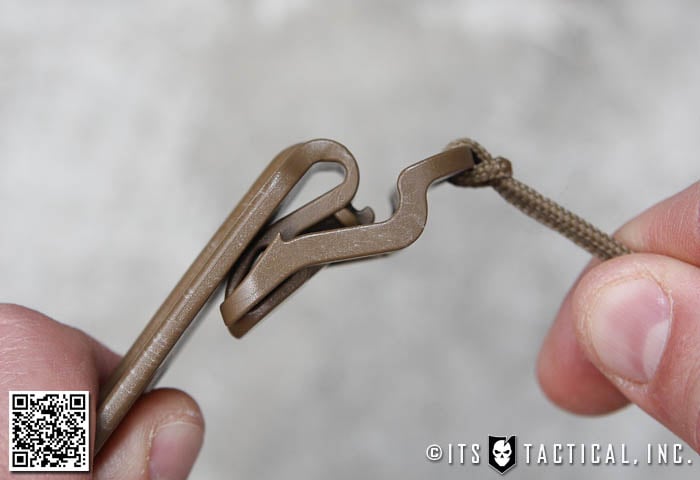
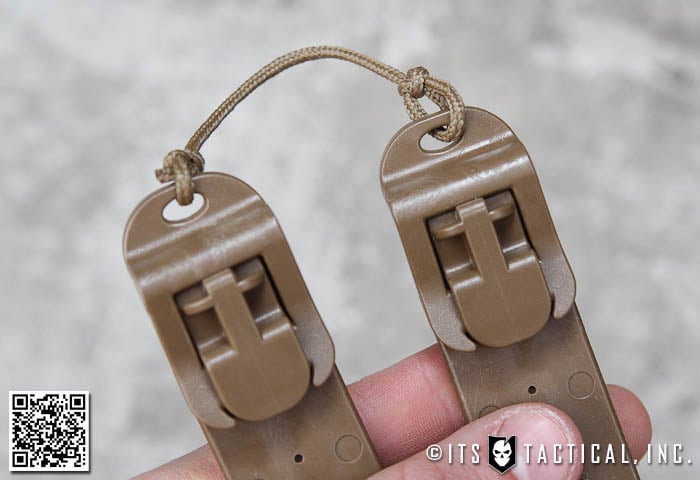
As mentioned, each Molly Stix (they really need to work on the plural vs. singular naming convention) can be tied together using the included cordage. Each one comes with a tied 8″ piece of cordage. This cordage resembles Type 1 Paracord, but lacks an inner strand like true type 1 has.
Tying them together facilitates them releasing in unison when a single cord is pulled and also turns them into makeshift nunchucks. This can be done by either tying both strands into one with two Double Fisherman’s Knots or with a single strand and two Bowlines. Check out the included links for how to ties these knots and see examples in the video below.
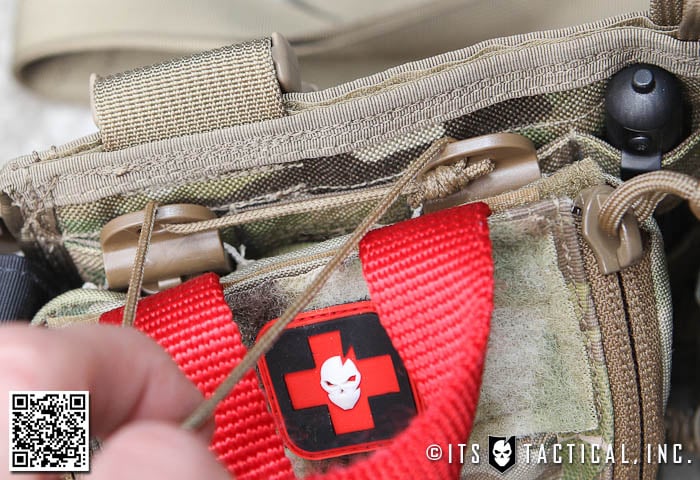
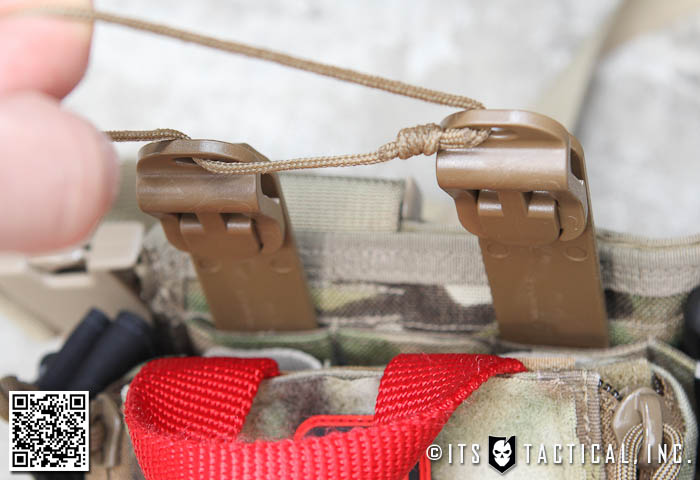
After threading the linked Molly Stix through your PALS webbing and locking the tops down, a simple pull forward is all you need to release the tops. Once released, a tug upwards will drop the pouch so you can toss it to a buddy, etc. As I mentioned I use these on my ETA Trauma Kit Pouch for the situation where I might need to get my medical kit off to work in front of me or give to someone else who needs lifesaving equipment.
Another benefit to the Molly Stix over other tear away options like velcro panels, is that there’s no increased bulk by requiring an attachment system on both the panel and the pouch.
We’re offering these as a pair in our ITS Store starting today as an option for our ETA Trauma Kit Pouches and depending how the feedback and adoption is, we may start including them instead of MALICE Clips. We had to scrounge for what we have in the store now, as these aren’t common yet with National Molding distributors and National Molding themselves hasn’t even put them up on their Website yet, or at least I can’t see them on there.
I feel that not only are these Molly Stix a game changer in the industry, but that we’ll start to see more and more of these offered as a quick release option on pouches that need this feature, like medical kits.
So what do you think? Do the Molly Stix seem like something you’d use as a quick release on your pouches?






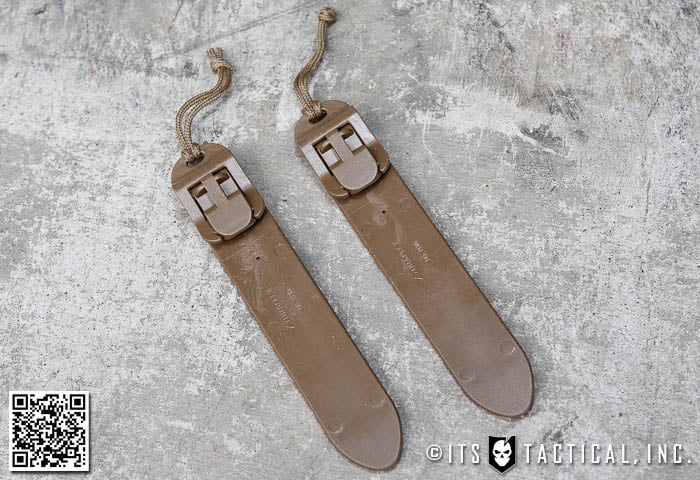
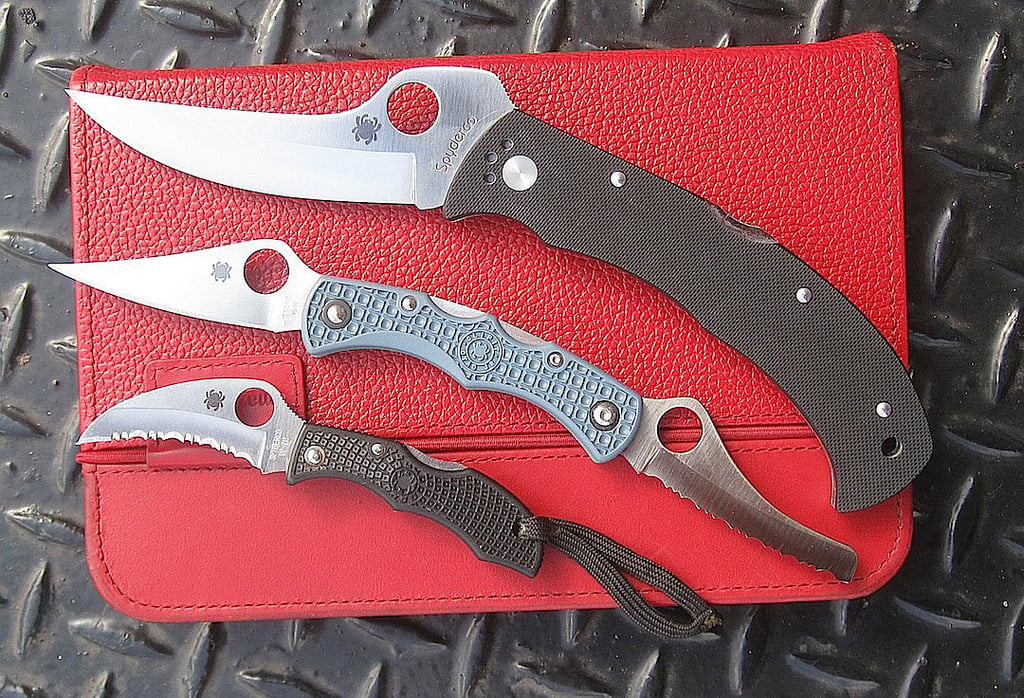
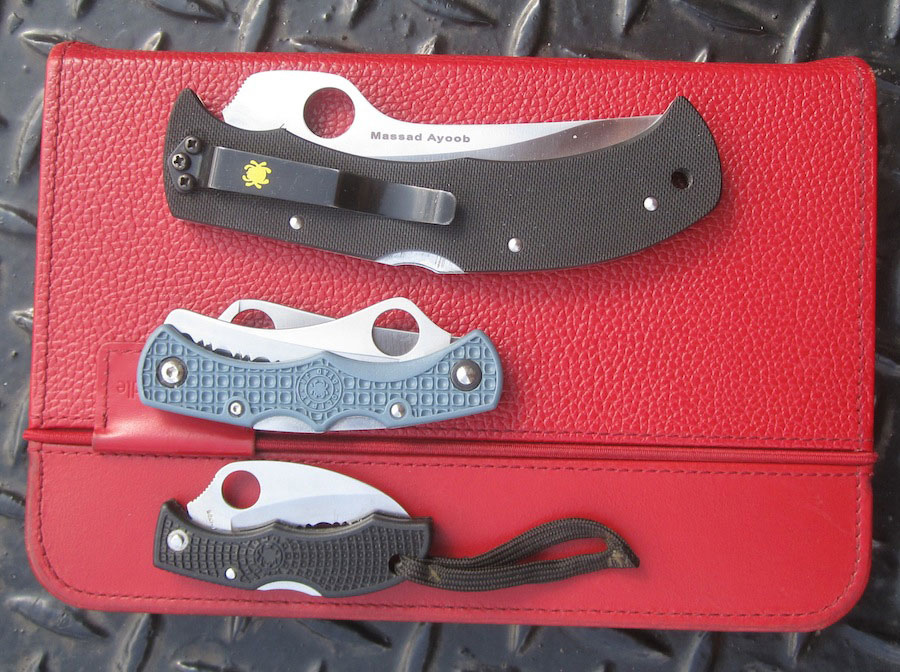
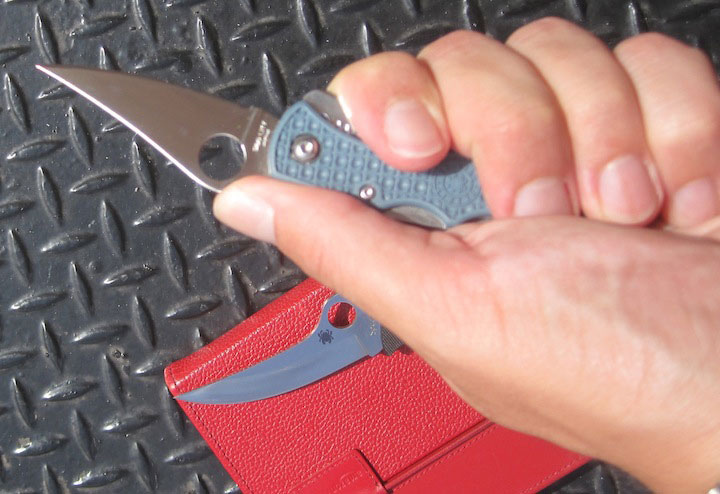
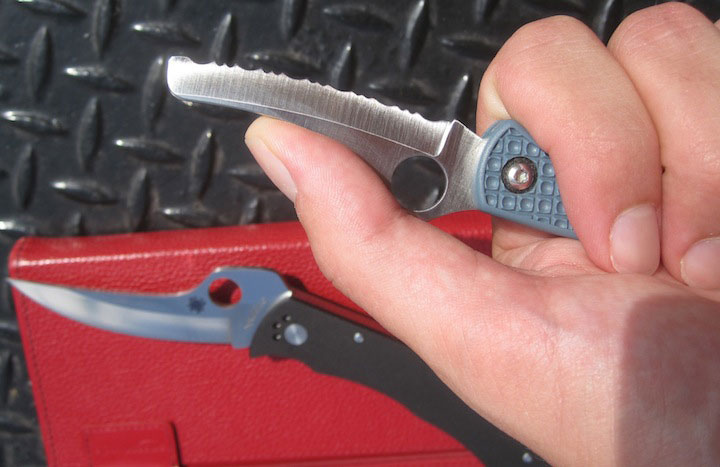
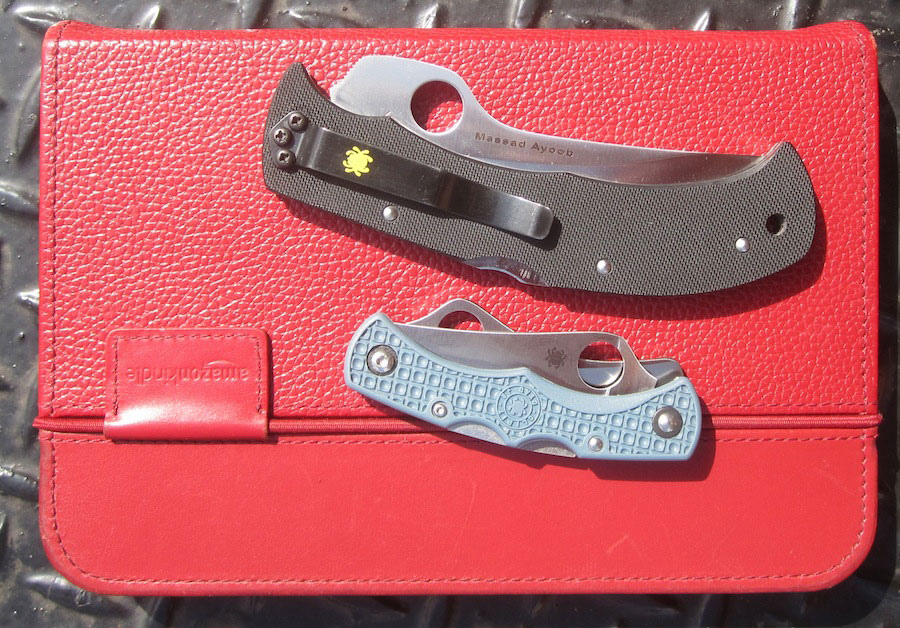
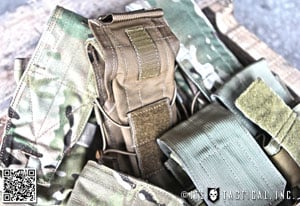 There are many different flavors of rifle mag pouches out there, flapped, non-flapped, polymer, kydex and even reverse flapped. Before we answer the question of whether the lids from mag pouches get in the way on a reload, let’s talk a bit about retention. It’s impossible to talk about the reason for magazine flaps without mentioning retention.
There are many different flavors of rifle mag pouches out there, flapped, non-flapped, polymer, kydex and even reverse flapped. Before we answer the question of whether the lids from mag pouches get in the way on a reload, let’s talk a bit about retention. It’s impossible to talk about the reason for magazine flaps without mentioning retention.